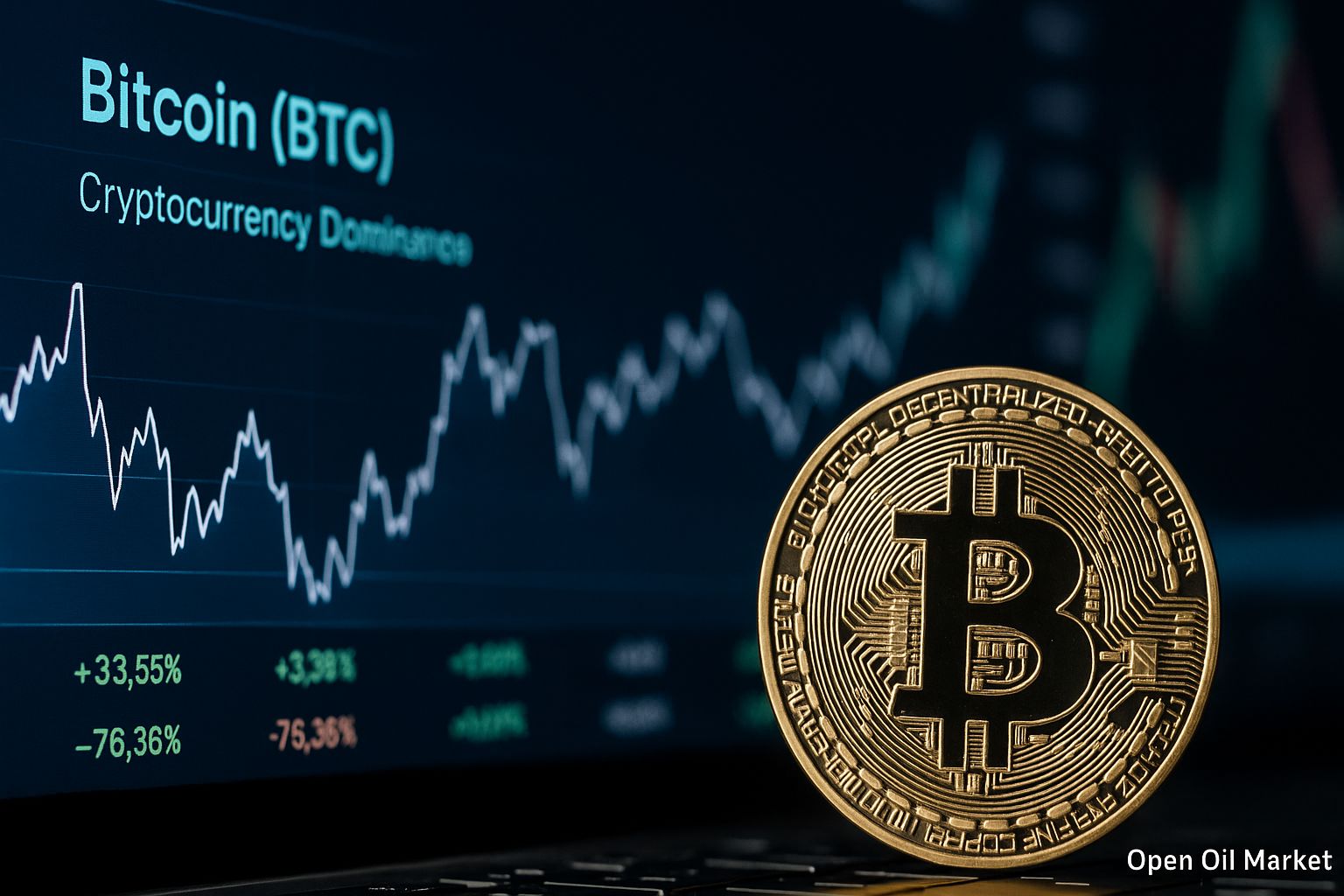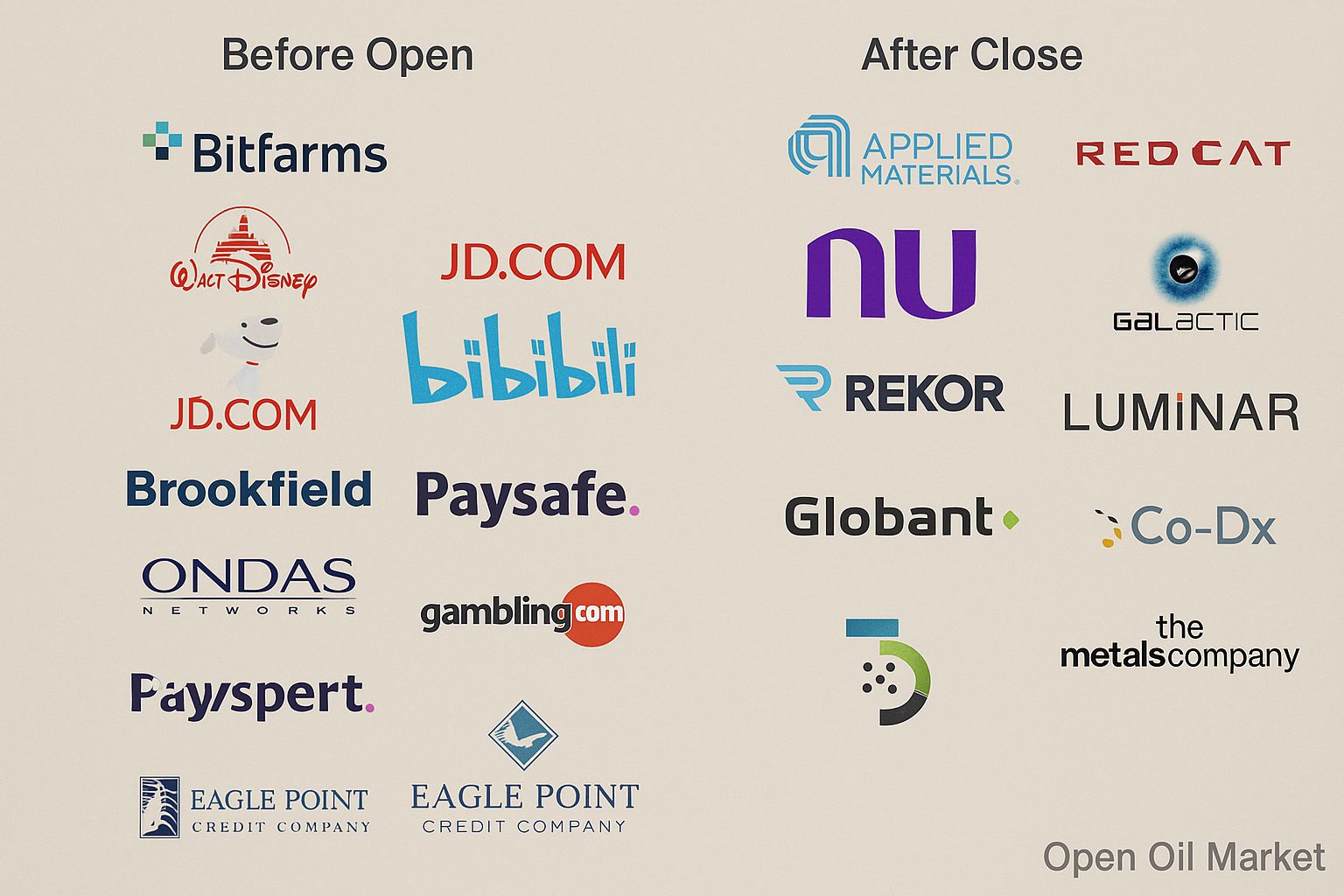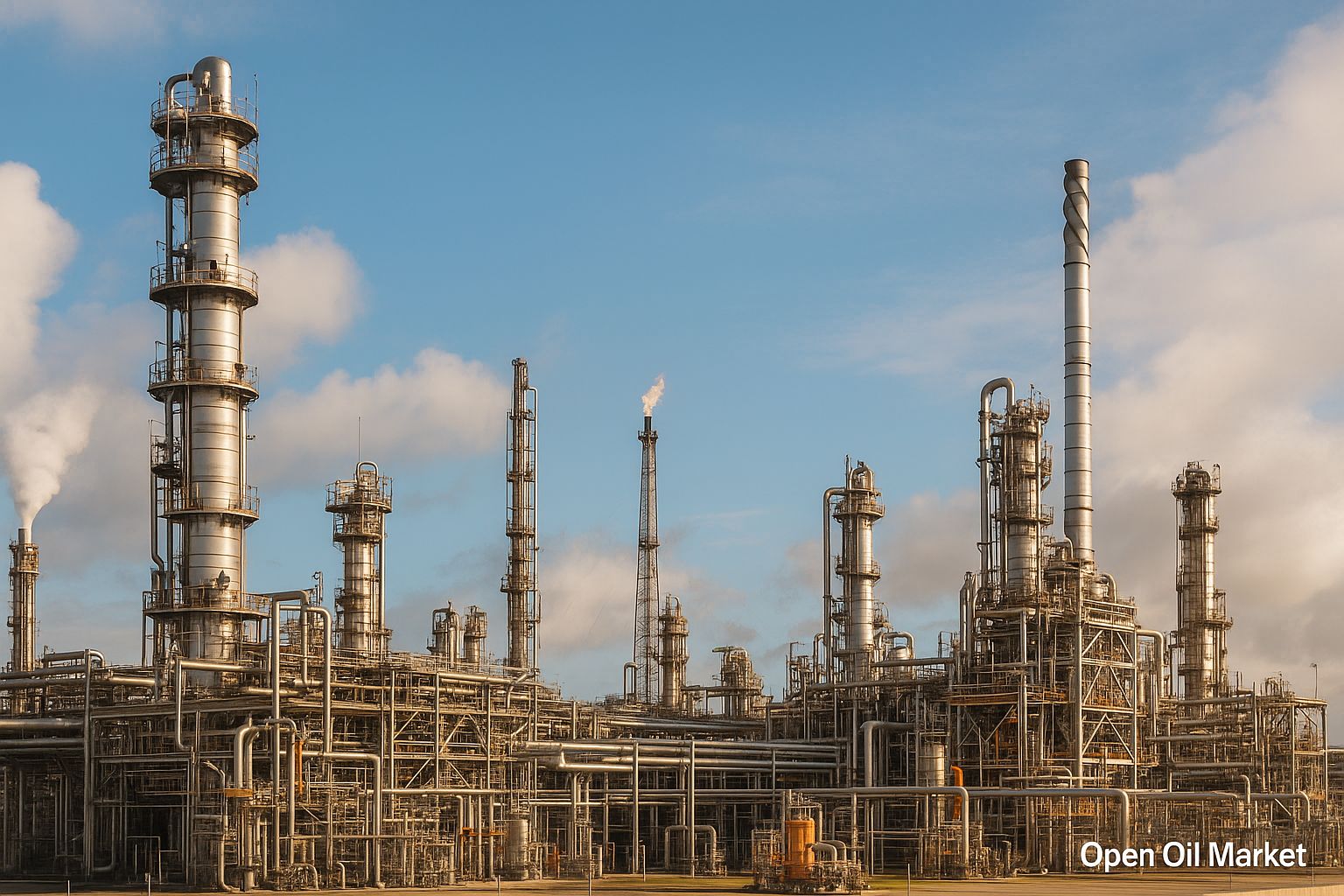
Current News in the Fuel and Energy Sector as of 24 October 2025 - Oil and Gas Prices, OPEC+ Decisions, Renewable Energy Development, Energy Security, and Sanctions Policy.
As of 24 October 2025, the global fuel and energy sector continues to experience intense geopolitical confrontation while the raw materials markets remain relatively stable. The sanctions standoff persists: the West is expanding its restrictions - the European Union has approved a phased cessation of imports of Russian gas by 2026 and is discussing a complete embargo on oil supplies by 2028. Additionally, under pressure from partners, India has declared its readiness to gradually reduce purchases of Russian oil - a move capable of redistributing global energy flows.
At the same time, the raw materials markets are showing moderately calm dynamics. Oil prices are hovering near several-month lows due to an anticipated supply surplus by the end of the year: Brent remains above $60 per barrel (around $62), while WTI is trading at $57–59, approximately 10% cheaper than a month ago. The European gas market is approaching winter with record fuel reserves (over 95% of storage capacity), which ensures a high level of energy security and keeps prices in check. The global energy transition is gaining momentum: investments in renewable energy are reaching record levels, although traditional resources - oil, gas, and coal - still form the backbone of energy supply. Below is an overview of key events and trends in the fuel and energy sector as of the current date.
Oil Market: Supply Surplus and Uncertain Price Growth
Global oil prices have remained low since the summer, although a slight recovery in quotes has been observed in recent days. Following a brief rally in September, the market once again moved downward - Brent dipped to $60 per barrel. Prices have now slightly rebounded from their lows: Brent is trading around $62. Fundamental factors indicate a strengthening supply surplus, although geopolitical tensions prevent prices from plunging further, maintaining a small risk premium.
- Oil Surplus. The OPEC+ alliance steadily increases production (approximately +130 thousand barrels per day from November); concurrently, non-cartel countries (the US, Brazil, etc.) have seen production approach record levels. Meanwhile, global demand is growing slowly: the IEA forecasts an increase of only ~0.7 million b/d in 2025 (compared to >2 million in 2023) due to economic slowdowns and the effects of prior high prices. As a result, global oil inventories are rising, exerting pressure on prices.
- Sanctions and Flow Redistribution. Persisting sanctions pressure on Russia creates uncertainty in the market. A total ban on the purchase of Russian oil is under discussion, alongside increased control over "shadow" exports. A key importer - India - may reduce imports of Russian crude under external pressure. The loss of the Indian market would intensify pressure on Russian exports, although the global market could generally adapt by redirecting the freed volumes to other buyers, preserving supply balance.
Thus, the oil market remains in a near surplus state. Brent and WTI prices fluctuate in a narrow range, receiving no impetus for either growth or collapse. Oil companies and investors are adopting cautious strategies in light of the supply surplus and the risk of external upheaval.
Gas Market: Record Reserves and Export Reorientation
The gas market greets winter in a favourable state. European countries have accumulated record volumes of gas (over 95% of storage capacity), ensuring a high level of energy security in the coming months. Gas prices in the EU are holding at moderate levels - far below the crises levels of 2022; only extreme cold could trigger a temporary spike. The European Union is systematically reducing its dependence on Russian gas and intends to completely abandon its imports by 2026. Russia, for its part, is redirecting its export flows to other markets, compensating for the decline in European supplies by increasing fuel sales in Asia and ramping up liquefied natural gas (LNG) exports.
- European Confidence. Full storage and reduced consumption create a robust gas reserve for winter. The EU has increased its LNG purchases from the US, Qatar, and other countries, diversifying fuel sources and reducing reliance on supplies from Russia.
- Flow Shift to the East. Russian pipeline gas to Europe has plummeted to a minimum and is being replaced by global LNG supplies. Concurrently, Gazprom is ramping up exports to China (pipeline volumes from the Power of Siberia are nearing maximum levels) and developing new routes such as Power of Siberia 2. Russia is also expanding LNG production to direct more gas to friendly markets in lieu of European ones.
As a result, the gas sector enters winter without significant upheavals. High reserves and supply diversification bode well for Europe to avoid fuel shortages even in colder weather. For Russia, the shift in focus to Asian markets partially compensates for the loss of European demand, although a complete restructuring of the gas sector will require time and investment.
Power Generation: Record Demand and Network Modernisation
Global electricity consumption is set to reach a historic maximum in 2025 (over 30 thousand TWh). Leading economies - the US and China - are generating record volumes of electricity, while demand is rapidly increasing in many developing countries in Asia, Africa, and the Middle East due to industrialisation and population growth. To reliably meet such load demands, significant investments are required in upgrading energy networks and energy storage systems. Countries around the world are already strengthening their infrastructure and integrating new capacities (including renewables) into energy systems to avoid power supply disruptions.
Renewable Energy: Investment Boom and Growth Challenges
The renewable sector continues to gain momentum, fortifying the global trend towards a "green" transition. A record amount of new solar and wind power plants is expected to be commissioned in 2025, aided by substantial government incentives in leading economies. However, the rapid growth of renewables is accompanied by a number of challenges, as traditional energy resources remain the backbone of global energy.
- Records in Clean Energy. Approximately 30% of global electricity in 2025 will be generated from renewable sources - a record share. For the first time, the share of generation from solar and wind sources has exceeded that of coal. This represents an important milestone for the sector and confirms the acceleration of the "green" transition.
- Government Support. Governments of leading economies are encouraging the development of renewables. In Europe, stricter climate targets are being introduced, necessitating the expedited deployment of clean capacities and the expansion of emissions trading. In the US, an extensive programme of subsidies and tax incentives for green energy is in place. These measures are reducing industry costs and attracting investment, expediting the transition to clean energy.
- Growth Challenges. The renewable boom is accompanied by difficulties. High demand for equipment and raw materials is increasing component costs, and the integration of intermittent generation requires new energy storage systems and backup capacities for grid balancing. Addressing these issues is critical to maintaining high rates of "green" transition without compromising power supply reliability.
Despite the challenges, renewable energy continues to attract enormous investment and has become an integral part of the global energy balance. As technologies become more affordable, the share of clean energy will increase, and innovations (such as more efficient batteries and hydrogen technologies) present new opportunities. For investors, the renewable energy segment remains one of the most dynamic, although it is essential to consider associated risks - from regulatory to infrastructural - in project implementation.
Coal: Demand in Asia Amid a Global Phase-out
Despite the climate agenda, Asian countries continue to actively use coal for power generation, maintaining high demand for this fuel. At the same time, developed nations are accelerating their phase-out of coal and replacing it with more environmentally friendly energy sources.
The Russian Fuel Market: Stabilisation and Control
In autumn 2025, the situation on the domestic market for petroleum products in Russia noticeably improved following a critical crisis in September. The government took prompt measures, and by mid-October, the fuel deficit in most regions was eliminated: wholesale prices for gasoline and diesel have fallen from peak levels, and independent gas stations have resumed operations nationwide. However, in remote areas, disruptions are still felt, prompting authorities to maintain control and extend state regulation over the fuel market.
To stabilise the situation, the ban on gasoline exports has been extended (diesel exports are severely restricted), and subsidies for domestic supplies to refineries have been preserved. Additionally, monitoring of prices at gas stations has been intensified without direct administrative intervention.
The measures taken have quickly restored production and supply to gas stations to pre-crisis levels. Authorities are optimistic about getting through the upcoming winter without supply disruptions, maintaining a state of heightened readiness for potential new shocks. To prevent similar crises in the future, plans are in place to modernise the fuel storage and delivery system and enhance domestic oil refining depth.
Conclusion and Outlook
The energy sector as a whole is demonstrating resilience, but significant challenges remain - especially during the winter period. Nevertheless, accumulated reserves and corporate adaptability inspire hope that the global fuel and energy sector will navigate this phase without serious upheaval.




